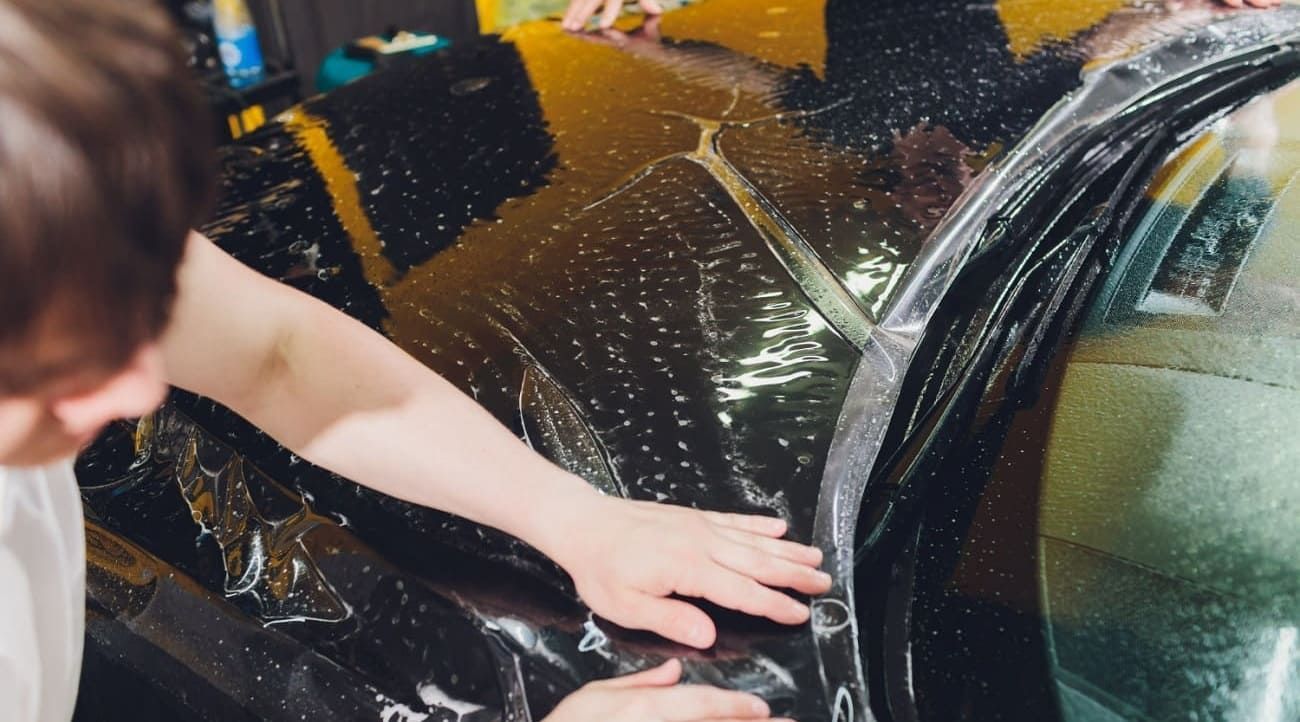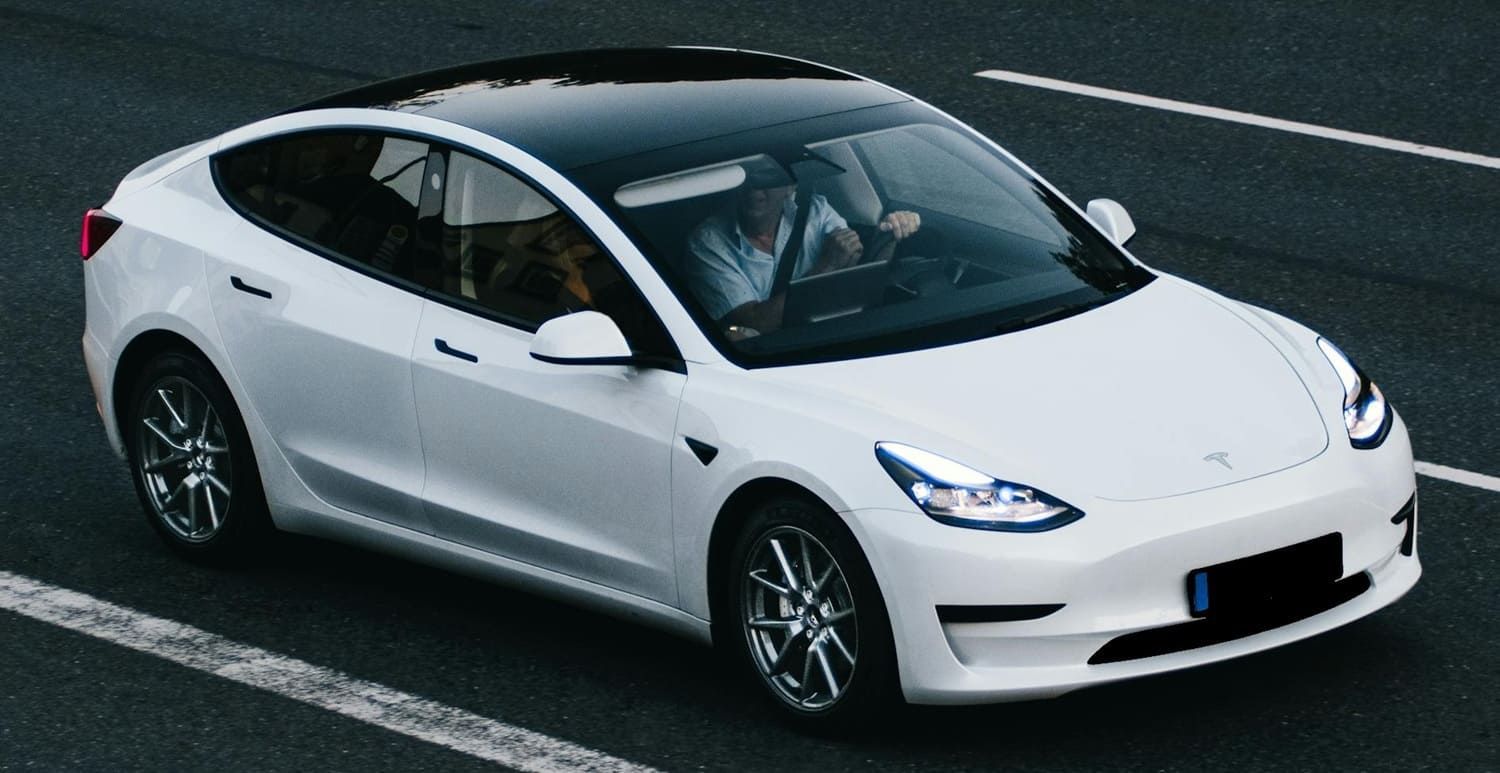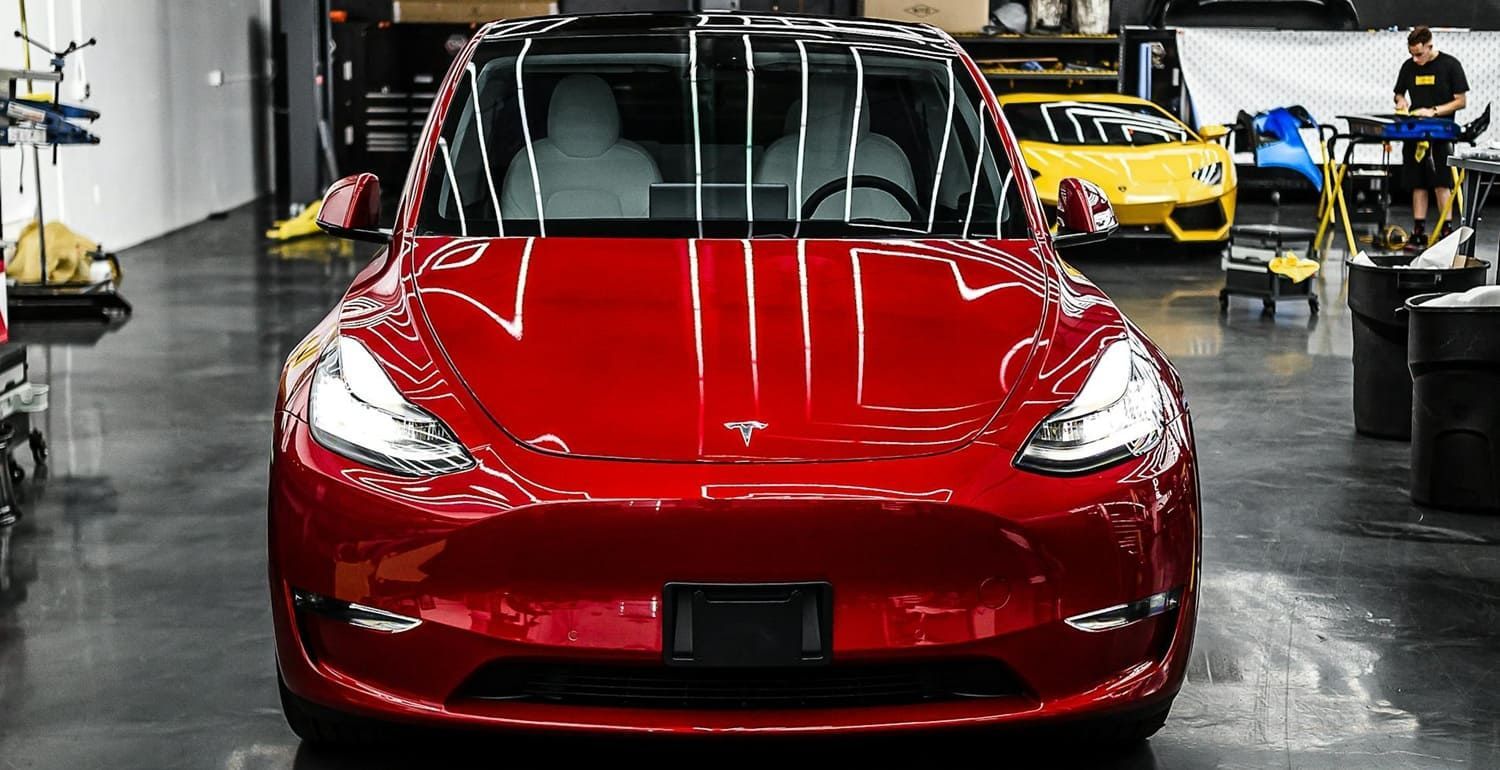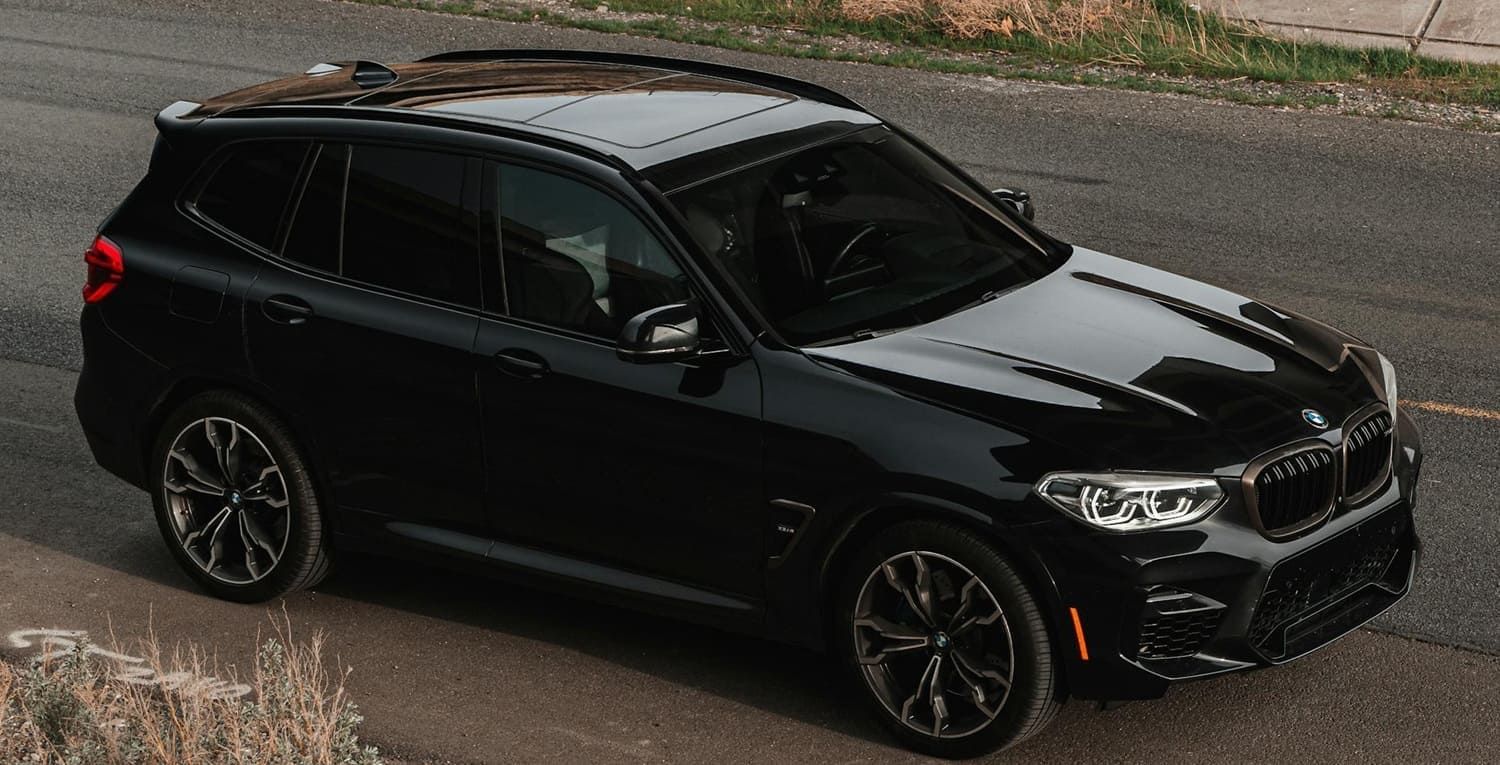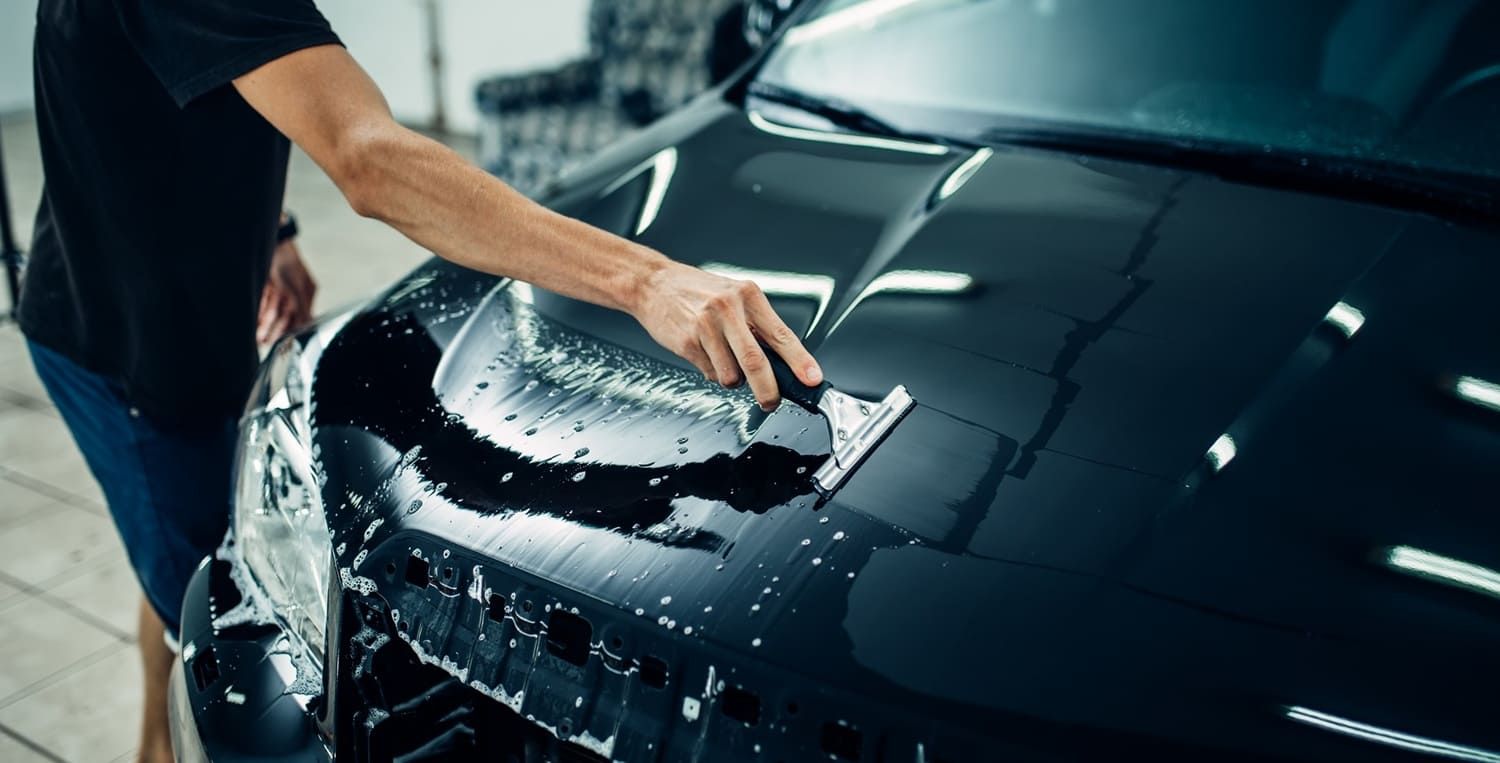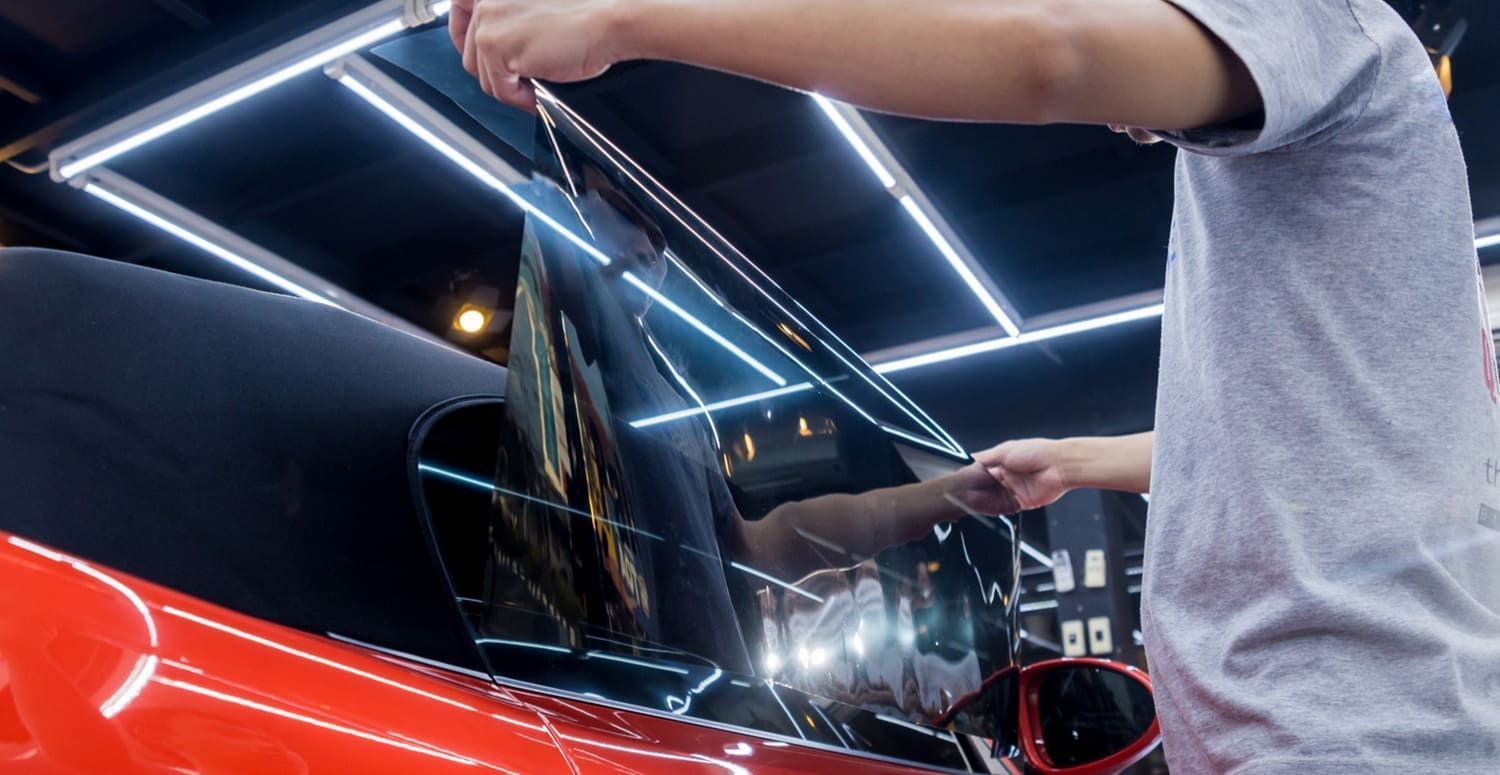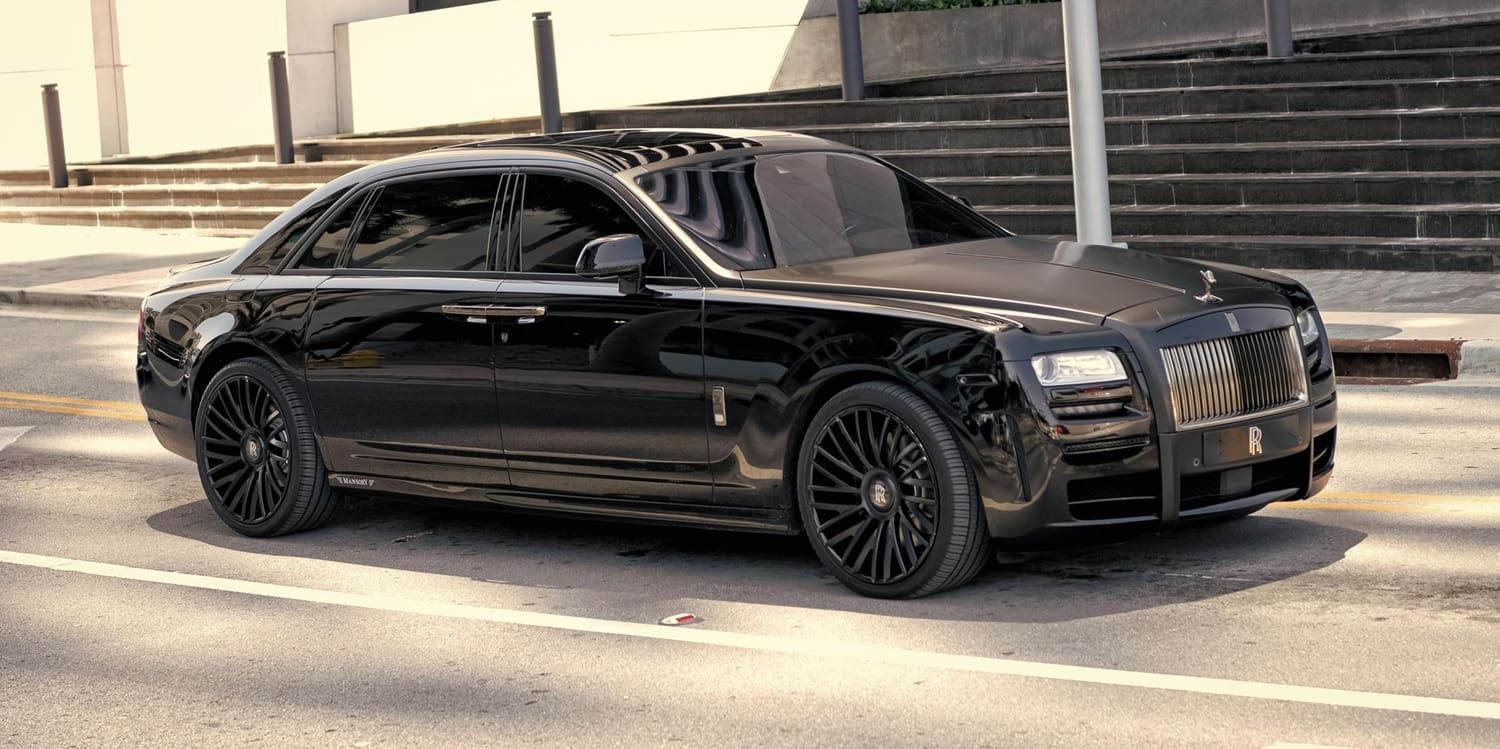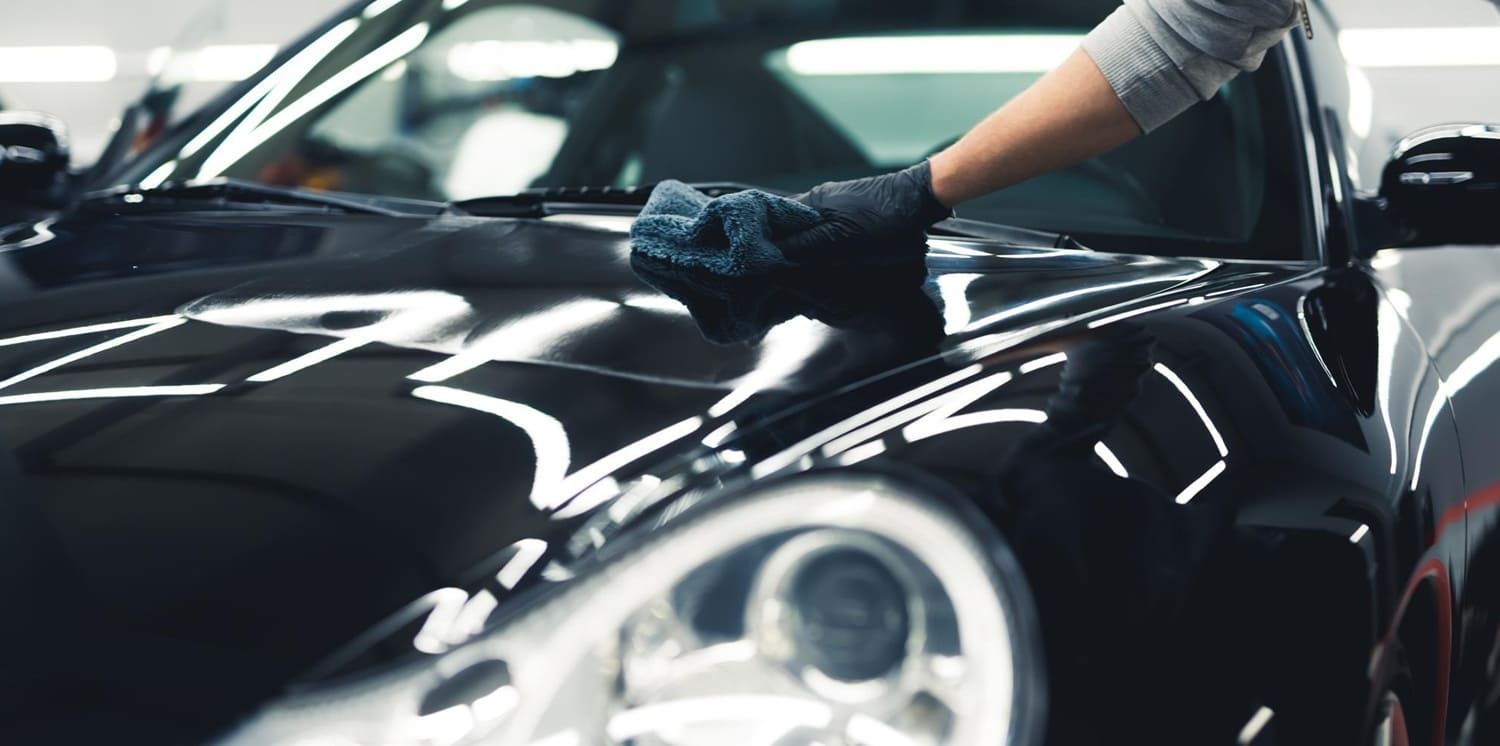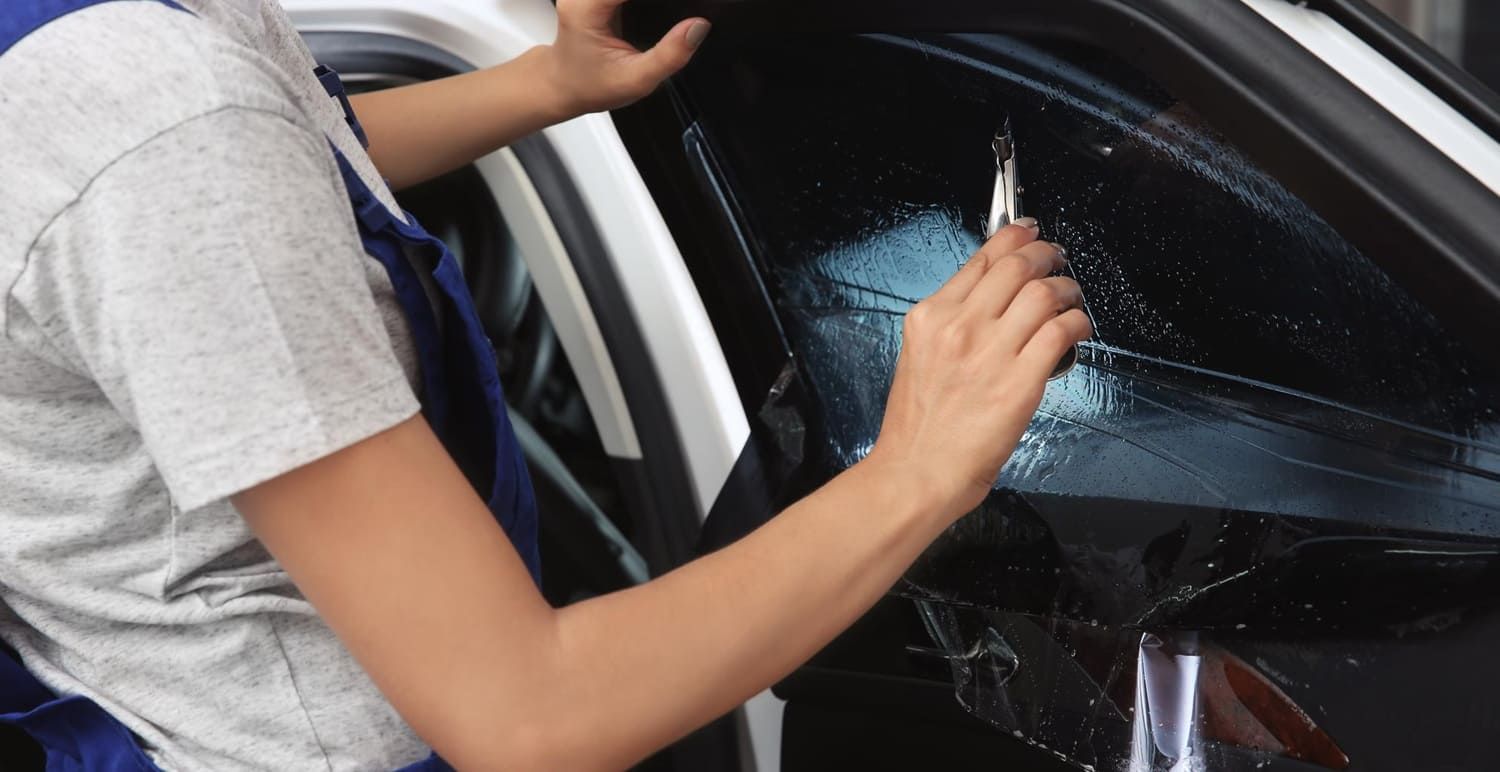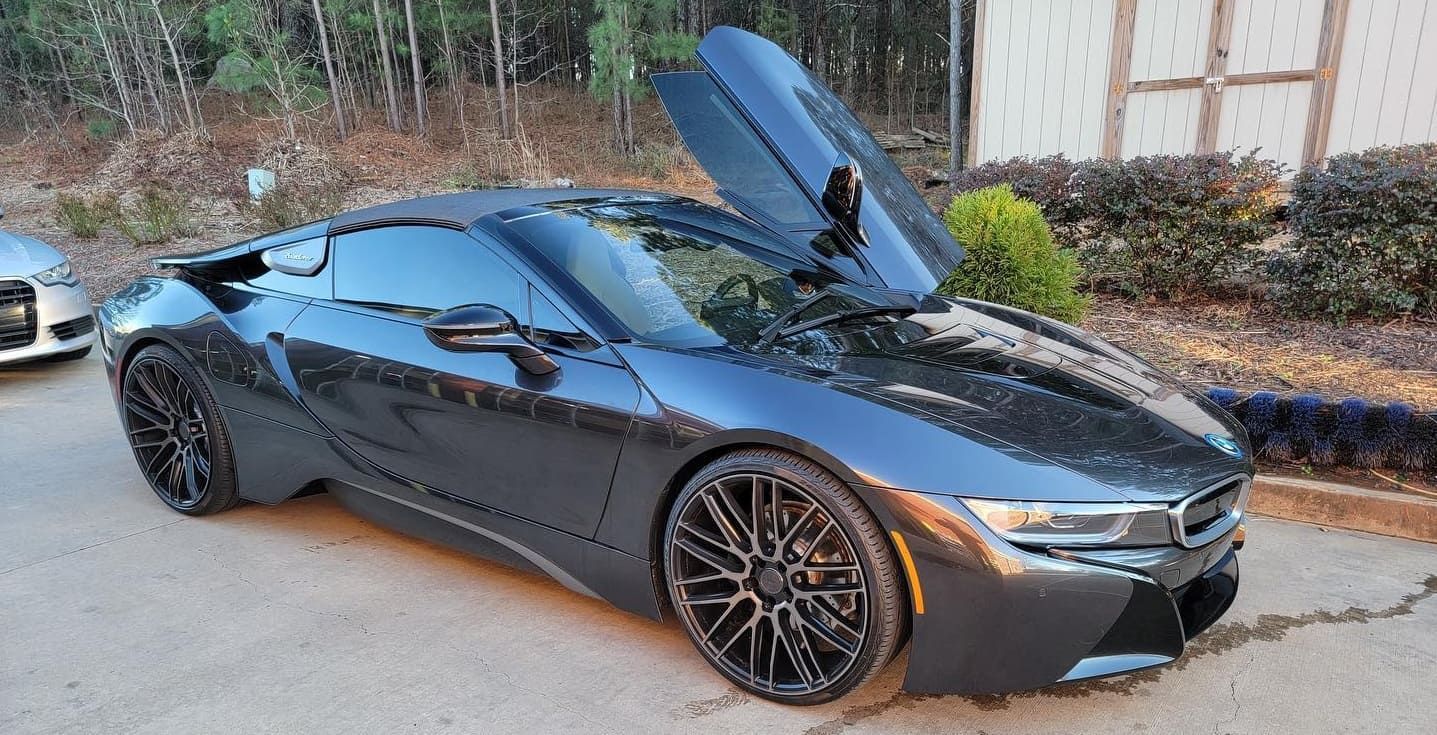Window Tinting: How Does Window Tint Work?
How does window tint work? Window tint changes the amount of light that's transmitted through glass. Read here all about the window tinting process.
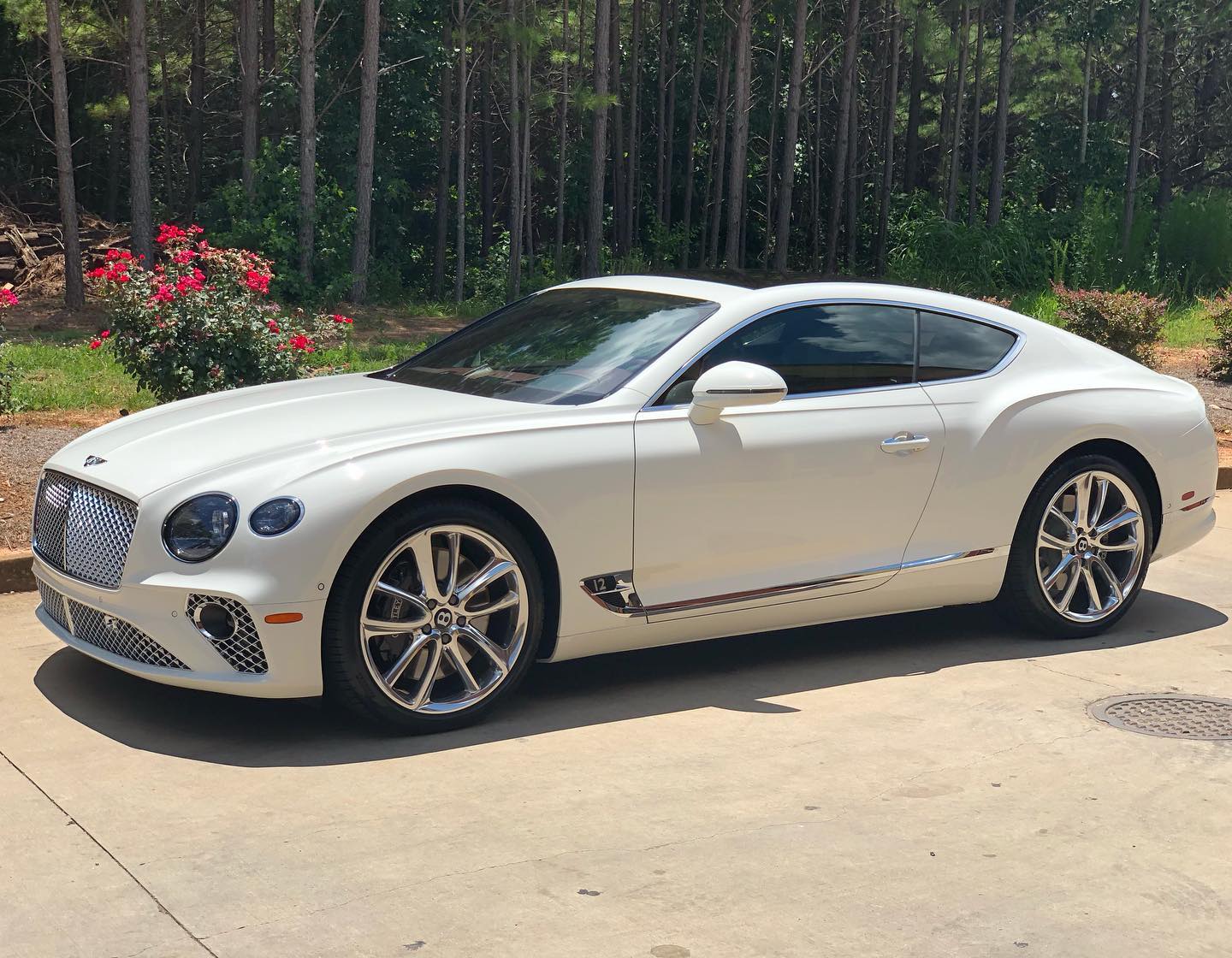
Glare, heat, and sunburn are three annoyances solved with window tints.
Window tints are like sunglasses for your car or home. They efficiently block out the sun's harmful rays and harsh heat. For people in hot sunny climates, window tints are vital for comfort and safety.
You may have asked yourself, "how does window tint work?" In this guide, we'll go over how it works and how you may benefit from window tinting.
How Does Window Tint Work?
Window tinting involves placing a layer of shaded film on a window. Car windows, residential windows, and commercial property windows can all have window tint.
Window tints are typically polyester-based and include metals and dyes that act as tinting agents. Some window tints are ceramic-based, which blocks heat, infrared (IR) rays, and ultraviolet (UV) rays at a higher rate.
Tinted windows drastically reduce the amount of light transmission, which helps block excessive sunlight. Depending on how much light you want to block, you can choose the light-blocking strength in your window tint. People residing in high elevation areas or sunny areas should consider a stronger window tint.
What Are the Benefits of Window Tint?
Most people think of added privacy when they think of window tints. While that's the key benefit, there are a few other valuable reasons why getting window tints is a good idea.
Privacy
When you're in your car or your home, you deserve privacy. Without window tint, anyone can look through your windows. While this isn't a massive issue for some people, privacy is essential for the utmost comfort. Whether you're headbanging to your favorite song or trying to deter thieves, a window tint is an excellent investment for those who want privacy.
Sun Protection
If you find yourself in a hot climate or high-elevation area, you may notice a lot of cars and buildings have window tint. While privacy is an added benefit, they most likely have window tint due to the copious amount of sunlight in their area.
Windows with tinting block UV rays from entering your vehicle or property. Tints help prevent sunburn, excessive heat, and glare. In the long term, sunburn prevention decreases the odds of skin cancer.
Reduced Glare
Glare reduction is a perk that helps drivers the most, especially at night. A common culprit of nighttime glare is oncoming headlights. Car tints help prevent eye strain and glare issues, and in turn, help avoid potential road accidents caused by headlight glare.
Prevents Shattering
A lesser-known benefit of window tinting is glass shatter prevention. In the event of a car accident or natural disaster, certain types of window tints help hold your window glass together to prevent them from breaking. This perk helps protect your safety and the well-being of your car or home.
Shrouded in Style and Safety
The question "how does window tint work?" is understandably common. Knowing how window tints work is the first step toward comfort and safety. Beyond the health benefits of window tint, the added privacy, glare prevention, and shatter prevention is proof that windows are better off tinted.
Ready to add window tint to your car, home, or commercial property? Get a free estimate from Maximum Shade Tinting today.


